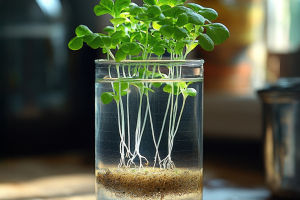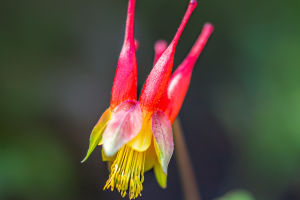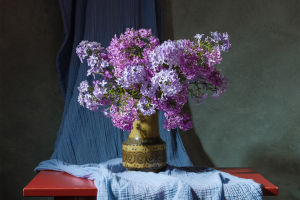Aquilegia, a genus of perennial plants belonging to the Ranunculaceae family, is home to around 60 to 70 species. This fascinating flower is often found in gardens and landscapes, known for its intricate, multi-petaled blooms and unique shape. But did you know that behind the beauty of this flower lies an intriguing history and some fascinating characteristics?
In this article, we’ll dive deeper into the world of Aquilegia and explore its wonders. Whether you’re a garden enthusiast or just curious about nature, join us as we uncover the charm of this spectacular plant.
What Makes Aquilegia Stand Out?
The first thing that catches your attention when you see an Aquilegia flower is its distinctive shape. The petals appear to resemble the claws of an eagle, which is where the genus name, Aquilegia, comes from—the Latin word "aquila" meaning "eagle." The flower’s structure, with its spurred petals, adds to its uniqueness and makes it a standout in any garden setting. The variety of colors, including purple, blue, pink, and white, further enhances its appeal, making it a versatile addition to flower beds or pots.
Uses and Benefits: Beauty and Caution
Although Aquilegia is stunning in appearance, it is important to note that it comes with a caution. All parts of the plant are toxic if ingested. This toxicity can cause symptoms such as skin irritation, gastrointestinal inflammation, and even heart paralysis. It’s crucial for gardeners and nature lovers to handle the plant carefully, especially when planting it in areas accessible to pets or children. The toxic nature of Aquilegia serves as a reminder of the delicate balance between nature’s beauty and its potential dangers.
Despite its toxicity, Aquilegia has been traditionally used in folk medicine in some cultures, though modern practices avoid using it due to its dangerous properties. In gardens, it thrives best in well-drained soil, in partial shade, making it a good option for spots where other plants might struggle.
The Fascinating History Behind the Name
The genus name Aquilegia is rooted in Latin, with "aquila" meaning eagle. As mentioned earlier, the flower’s petals resemble the eagle’s claws, which is a fascinating and symbolic connection. This symbolism extends across various cultures and represents strength, protection, and resilience. In some areas, the flower has been linked to themes of mystery and deep connection with nature.
In traditional Chinese culture, the term Aquilegia also evokes imagery of nature’s intricacies, tying the plant’s unique flower shape to tools once used for agricultural work. The reference to the plow suggests a historical connection between nature and agriculture, as this tool was vital in cultivating the land.
Aquilegia 'Winky Double Red & White' (Columbine) // Superb, spring flowering Perennial
Video by Overdevest Nurseries
Care Tips for Aquilegia: How to Keep It Healthy
Caring for Aquilegia involves basic gardening principles. Water it regularly, especially during dry spells, but avoid over-watering. Since the plant is susceptible to fungal infections, it’s important to ensure proper air circulation around its leaves. You may also want to mulch the base of the plant to retain moisture and prevent weeds from growing.
When it comes to pruning, Aquilegia benefits from deadheading, which involves removing spent flowers to encourage new growth. It’s also a good idea to trim the plant back in late fall to prepare it for the winter months.
The Enduring Appeal of Aquilegia
Aquilegia is more than just a beautiful flower—it’s a symbol of nature’s complexity and elegance. Its intriguing shape, colorful petals, and fascinating history make it a standout plant in gardens and landscapes. However, it’s important to approach it with care due to its toxicity. With proper handling and attention, Aquilegia can be a long-lasting and captivating addition to any garden.
For all you nature lovers and garden enthusiasts, the next time you see an Aquilegia in bloom, take a moment to appreciate its beauty andthe story it tells. Let it remind you of nature’s delicate balance between beauty and caution, and of the small wonders that await us in the world of plants.
Lykkers, keep exploring the world around you, and stay curious about the fascinating plants and flowers that make our planet so unique!


